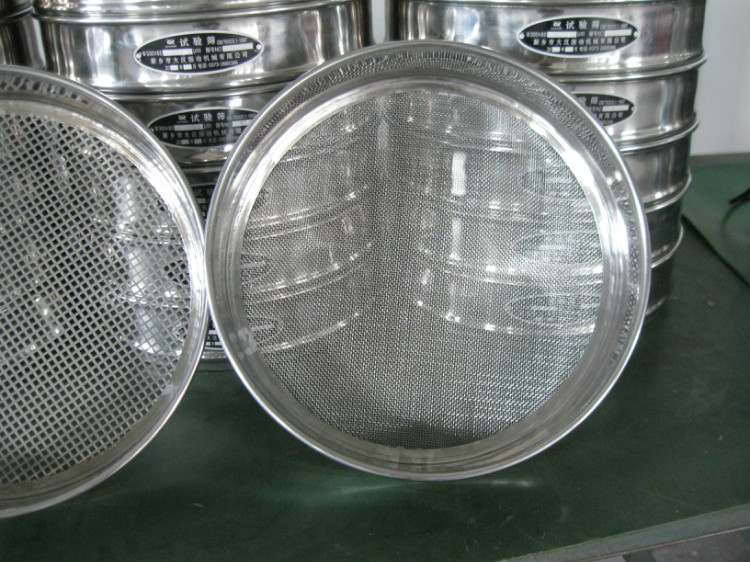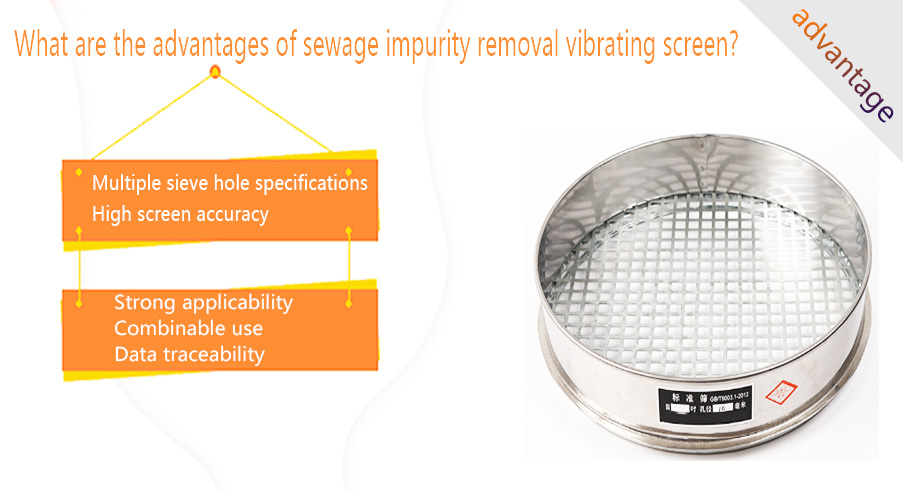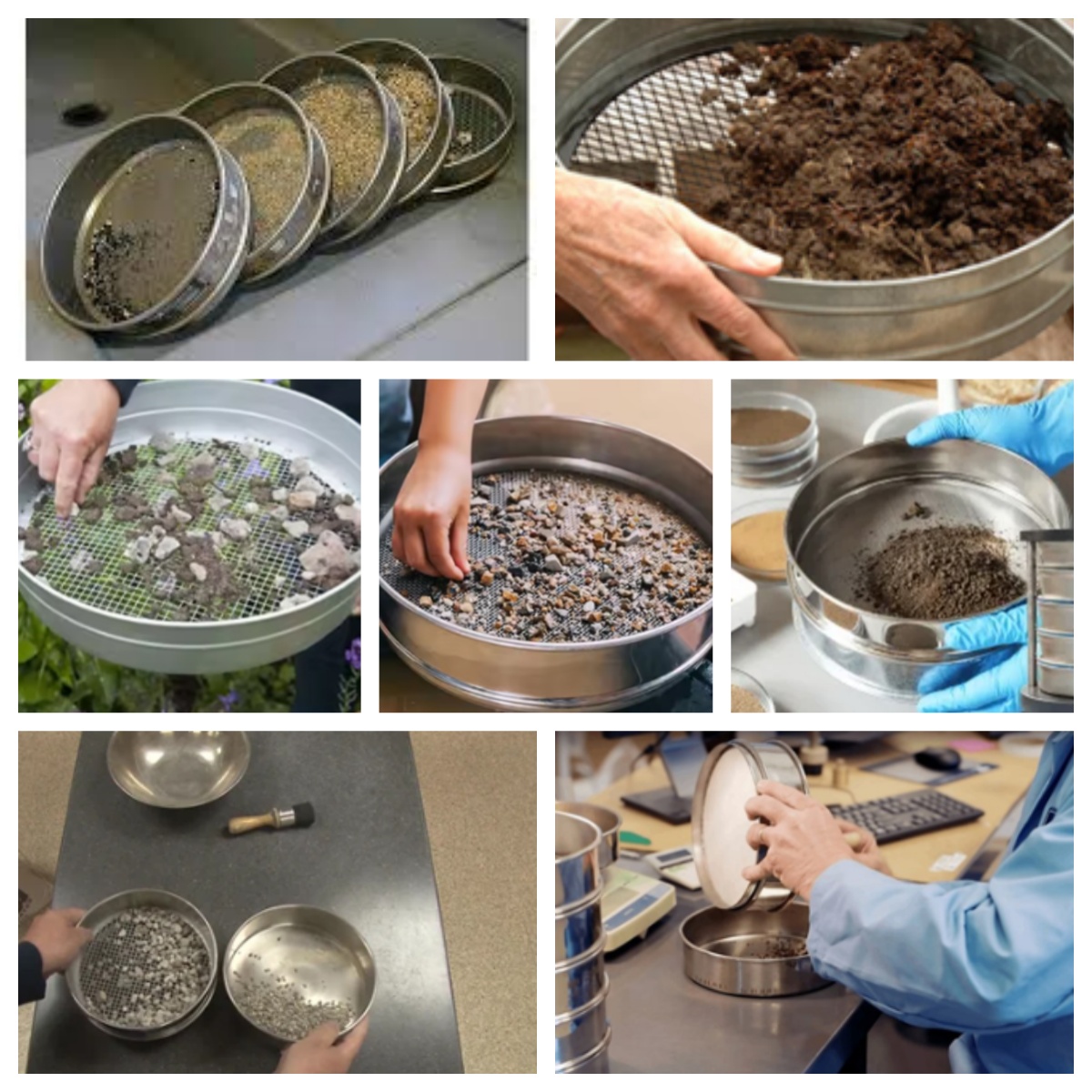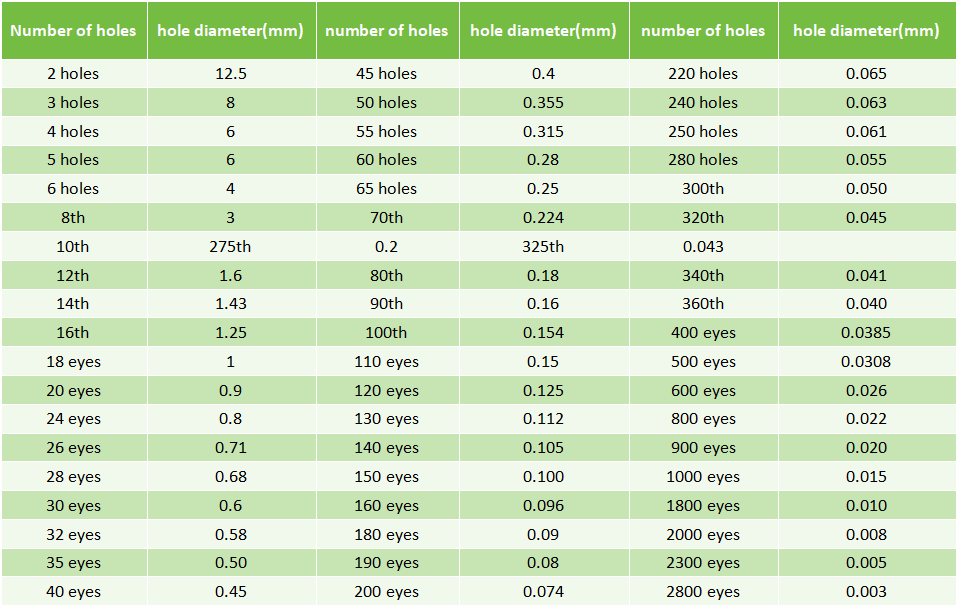Thursday February-27 2025 11:38:38

Soil Aggregate Sand Test Sieve is an instrument specially used to analyze the particle size distribution of granular materials such as soil, aggregate, and sand. Through sieves with different apertures, particles of different particle sizes can be separated to obtain the particle size composition of the soil. This is of great significance for soil classification, engineering geological surveys, and quality control of building materials.

Soil aggregate sand test sieve can be used to analyze and screen a variety of granular materials, mainly including soil, aggregate, sand, crushed stone, mineral particles and construction waste, etc. The soil aggregate sand test sieve can be used to perform particle size analysis and particle distribution research on soil particles to ensure the quality of concrete or asphalt concrete. It is used in construction, roadbed engineering, mineral mining and metallurgical industries, as well as in the production and utilization of recycled building materials to meet engineering design requirements.

Multiple sieve hole specifications: It has a series of standard and precise sieve hole sizes, including 0.075mm, 0.15mm, 0.3mm, 0.6mm, 1.18mm, 2.36mm, 4.75mm, 9.5mm, etc. It can meet the screening needs of soil aggregate sand with different particle size ranges, and can accurately separate particles of different particle sizes, which is convenient for accurate analysis of the particle grading of soil aggregate sand.
High screen accuracy: The high-precision weaving process is adopted, the sieve has good aperture uniformity, and the deviation is controlled within a very small range, which ensures the accuracy of particle size judgment during the screening process and makes the test results more reliable and repeatable.
Strong applicability: It can be widely used in soil science research, construction engineering quality inspection, road construction and other fields. In soil research, it is used to analyze the particle composition of soil and understand the physical properties of soil; in construction and road engineering, the quality of aggregate sand is tested to ensure that it meets engineering requirements.
Combinable use: Multiple test sieves with different mesh sizes can be stacked to form a complete set of sieves. In one test, the particle distribution of different particle size ranges can be obtained at the same time, which greatly improves the test efficiency and reduces the test time and workload.
Data traceability: Since the specifications and performance of the test sieve meet the standard requirements, the results of tests conducted at different times and locations are traceable and comparable. This is of great significance for long-term soil monitoring, engineering quality control and other work.

1. Particle distribution analysis: Through the soil aggregate sand test sieve, soil, aggregate, sand and other granular materials can be screened and analyzed to understand the particle size distribution of particles, including the content ratio of various particle sizes.
2. Particle size analysis: Through the sieve hole size of the test sieve, the average particle size, particle size coefficient, statistical particle size and other parameters of the granular material can be determined, providing important data support for soil engineering and building material design.
3. Quality control: In the production process of building materials, the soil aggregate sand test sieve can be used to screen and analyze the raw materials to ensure that the product quality meets the standard requirements.
4. Material screening: In engineering construction, the soil aggregate sand test sieve can be used to screen the raw materials, select the granular materials that meet the engineering requirements, and improve the quality of the project.

1. Research and analysis: Scientific research institutions and laboratories can use soil aggregate sand test sieves to conduct research and analysis of granular materials, explore the characteristics and behaviors of granular materials, and provide data support for research in related fields.
2. Teaching experiments: Soil aggregate sand test sieves are also often used in teaching experiments to help students understand the screening principles and methods of granular materials and cultivate experimental operation capabilities.
3. Soil classification: According to the screening results, we can determine the content of particles of different particle sizes in the soil, so as to classify the soil, such as sand, loam, clay, etc. This is of great significance to agricultural production, engineering construction and other fields.
4. Engineering geological survey: Through sieve analysis, the particle grading of the soil can be understood, so as to evaluate the engineering properties of the soil, such as permeability, bearing capacity, etc., and provide a basis for construction projects, road projects, etc.
5. Quality control of building materials: For materials such as sand and gravel used in construction, the particle size distribution can be determined through sieve analysis, so as to control the quality of materials such as concrete and asphalt mixtures.
6. Environmental monitoring: Through sieve analysis, we can understand the pollutant content of particles of different sizes in the soil, evaluate the soil pollution status, understand the soil texture, and provide a basis for selecting suitable crops and fertilization.


1、Sample preparation: Soil samples are collected from the field or laboratory and air-dried or otherwise processed to ensure that there is no excess moisture in the sample. The soil samples are divided and mixed according to the experimental requirements to obtain representative test samples.
2、Preparation of screening device: Prepare the soil screening device, check the cleanliness and integrity of the screening device, and ensure that the preparation is correct.
3、Screening operation: Place the prepared soil sample into the soil screening test sieve, pass the soil sample through the sieve, and divide it into different screening levels according to the particle size. During the screening process, operation information such as screening time and vibration parameters can be recorded as needed.
4、Particle collection: After the screening is completed, the particle material of each screening level is collected, and the particle mass of each level is usually recorded by weighing or other methods.
5、Data processing: The collected particle material is subjected to particle size analysis, and the percentage content of particles of different levels can be calculated using the sieve size and particle mass data. Plot a particle distribution curve or table to describe the content distribution of particles of different particle sizes in the soil sample.
6、Result analysis: The particle size range and particle size distribution characteristics of soil samples are analyzed based on the particle distribution data to provide a reference for soil property evaluation and engineering design.

Screen calibration: Regularly calibrate the screen to ensure the screen size is accurate.
Environmental impact: Avoid screening in strong wind or vibration environment.
Safety protection: The dust generated during the screening process may be harmful to the human body, so you should pay attention to protection.
Data analysis: According to the screening data, calculate the percentage of each particle size and draw the particle size distribution curve.
Soil Aggregate Sand Test Sieves are widely used in soil science, engineering geology, building materials and other fields. Through screening, the particle size distribution of the soil can be obtained, providing basic data for subsequent analysis and research. When using the test sieve, attention should be paid to sample preparation, sieve selection and operating procedures to ensure the accuracy of the experimental results.
laboratory test sieve is also called standard sieve, test sieve, laboratory vibrating screen, sample sieve, inspection sieve, standard analysis sieve...
What Is An Electromagnetic Sieve Shaker?
Electromagnetic sieve shaker is a screening equipment used for testing and laboratory research. It is often used to screen and classify small batches...
Test sieve shaker is a laboratory equipment used for particle screening and classification, also known as laboratory shaker or laboratory vibrating...
Phosphate Test Sieve is an experimental tool used to screen different particle sizes in phosphate samples and detect the phosphate...
304 stainless steel soil test sieve
304 stainless steel soil test sieve is a professional screening equipment specially used for soil particle size analysis, particle...
Feb 27, 2025
Soil Aggregate Sand Test Sieve
What is a soil aggregate sand test sieve? Soil aggregate sand test sieve is an instrument specially u...
Feb 27, 2025
What is a mineral analysis test sieve? Mineral analysis test sieve is an important tool specially use...
Feb 27, 2025
Drug test sieve is a screening device specially used in drug research and production. It is mainly us...
Feb 27, 2025
Carbonate stainless steel test sieve
Carbonate stainless steel test sieves, made from high-quality stainless steel, provide precise and du...
![]()
Then we look forward to hearing from you
Contact Us
Industrials
Yanjin county forest park gate to the west 1000 meters north road sitemap
